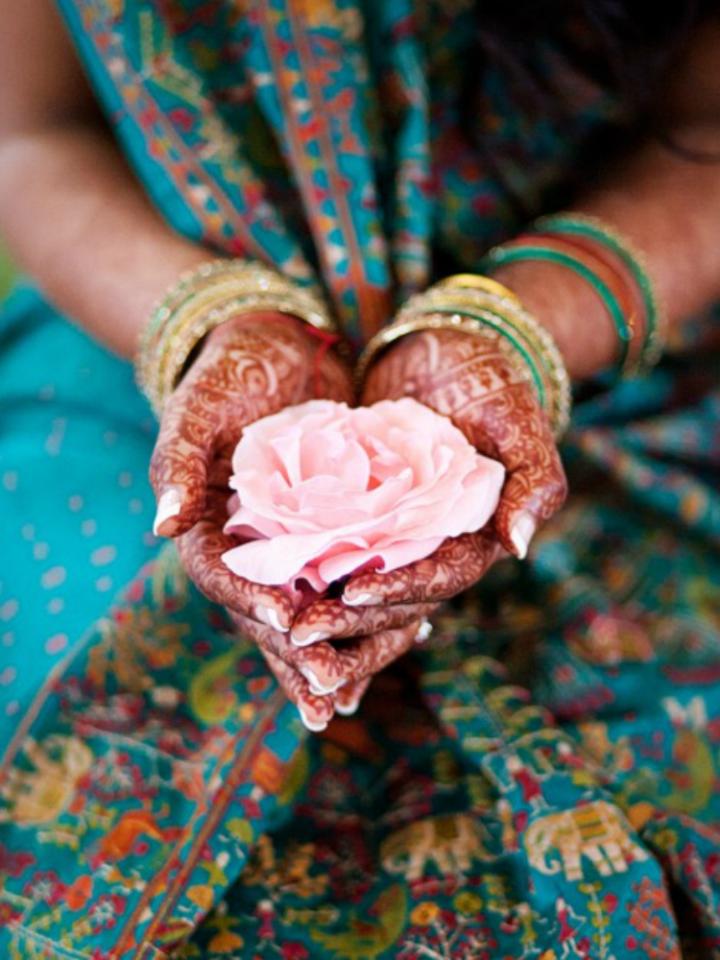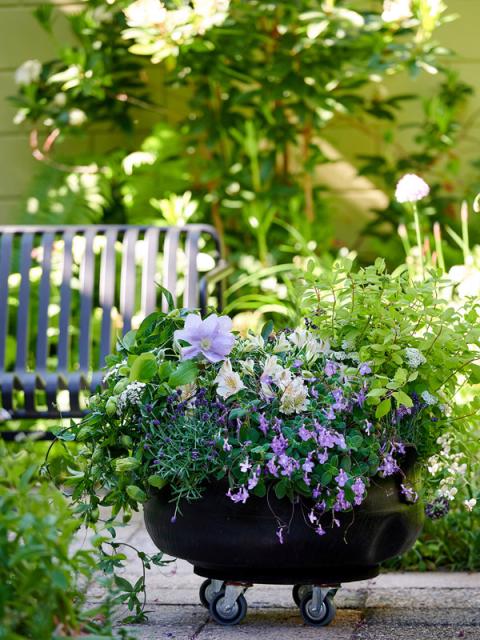Why make offerings?
Making an offering is an important moment in some religions. It gives you the opportunity to give thanks, to ask for forgiveness or to seek help with finding health and happiness. There are many types of offerings: tangible offerings involving money and animals, or something less tangible in the form of music and light. In the Indian and Tibetan tradition, flowers are almost always offered alongside incense, light and music. If you look around in places like Bali, India, Thailand and Nepal you will see the remains of floral offerings everywhere. Isn’t that fantastic?
Flowers and offerings
It's no coincidence that flowers are an established and important - sometimes even daily - part of making offerings. In Buddhism and Hinduism flowers represent generosity and show the beauty of enlightenment. You make offerings in a holy place: in the temple, by a stupa or beside holy waters such the Ganges in India, for example. Whilst offering you can visualise that you are presenting the flowers as a wreath, but there is also scope from music, a chant or dance.
Flowers & plants and meaning
Flowers have their own spiritual meanings. Hence aloe vera represents dreaming, carnations represent collaboration, gladioli represent receptiveness, the lotus represents the divine and vervain represents reliability. If you’re interested in the spiritual meaning of your offering, look it up in a book like ‘Flowers and their messages’.











